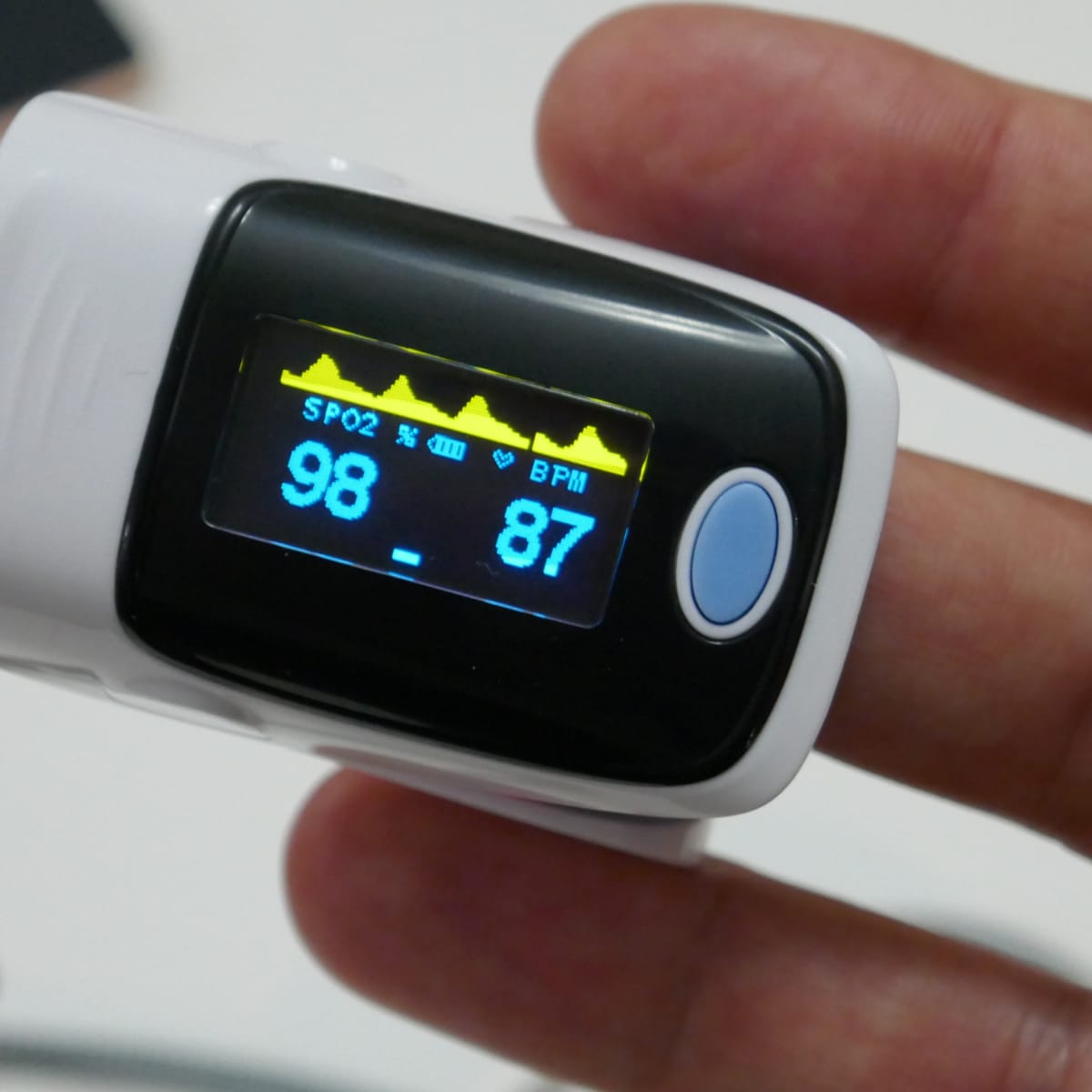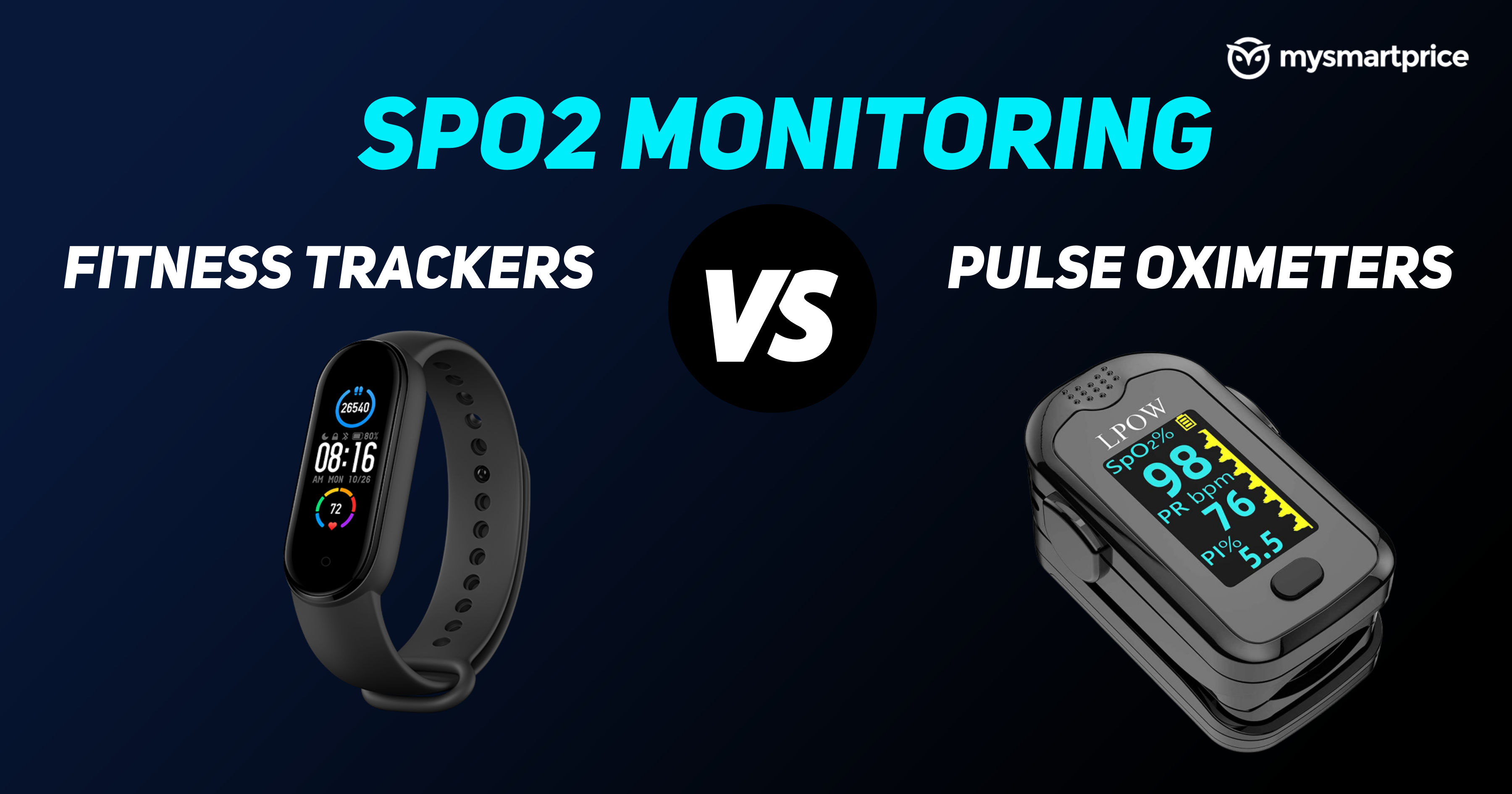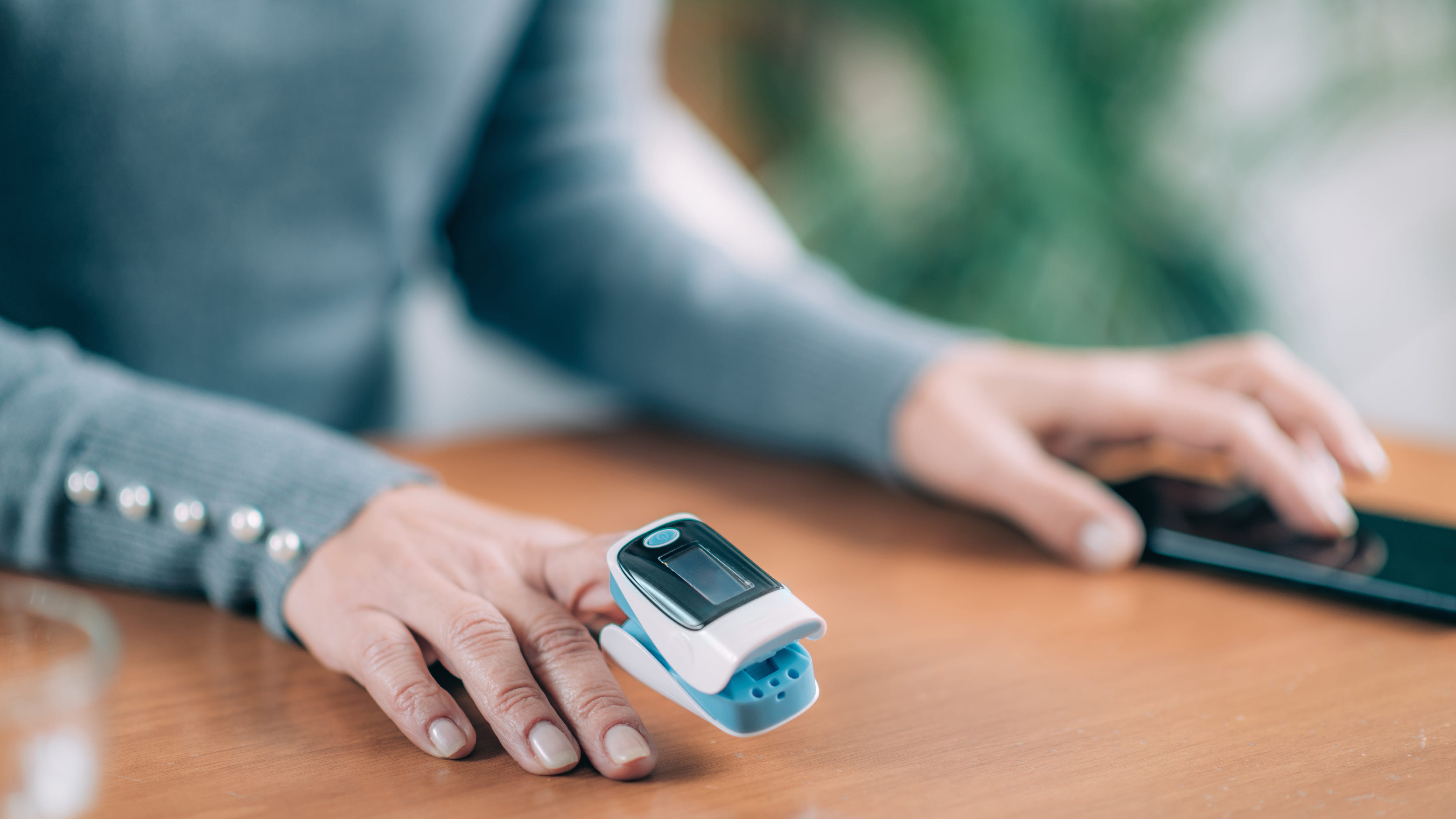
Off all the light that passes via the finger, it is only the small pulsatile part that the pulse oximeter analyses. Because it is such a percentage of the total light, the pulse oximeter is extremely susceptible to errors if for an instance, the probe is not put correctly or if the individual relocates the probe.
Constantly look at pleth initially, before looking at oxygen saturation. Never look just at oxygen saturation!
Fortunately, there are light emitting diodes (LED) that send out light at a loss light and infrared light wavelengths and also these are thus easily used in pulse oximeters. The precise wavelengths of the LEDs utilized relies on the maker. For ease, in our conversations, we made the red LED to have a wavelength of 650 nm and the infrared LED to have a wavelength of 950 nm (very easy to keep in mind).
The Definitive Guide for Blood Oxygen Meter
You will certainly keep in mind that, though there are only two LEDs, the light detector is subjected to three resources of light. In addition to the red as well as infra red LED light resources, there is additionally light in the area (ambient light) that the pulse oximeter is working in.
The pulse oximeter has to work with these 3 resources of light. It desires the red and also infra red light to determine oxygen saturation.
The detector therefore videotapes infrared light as well as space light that falls on it. Currently the only light that drops on the detector is the space light.
Unknown Facts About Oxygen Meter Finger
Sensing unit procedures red plus space light. Sensing unit measures infrared plus room light. Sensing unit procedures only area light.
As the finger relocations, the light levels alter significantly. Such an inadequate signal makes it tough for the pulse oximeter to determine oxygen saturation.
Problem of also much ambient light As talked about previously, in addition to the light from the LEDs, ambient (space) light additionally hits the detector. Forever performance of the pulse oximeter, the toughness of the LED light dropping on the detector ought to be excellent when compared with the strength of the ambient light falling on the detector.
Facts About Pulse Meter Uncovered
It is vital to minimise the amount of ambient light dropping on the detector. One can attempt as well as move away strong sources of space light.
As talked about before, it is the pulsatile change in absorbance that is used in the computation of oxygen saturation. The change in absorbance is as a result much less and also the pulse oximeter might after that locate the signal poor to appropriately calculate oxygen saturation. Issue of not finding hyperoxia In the beginning, we talked about that oxygen saturation refers to how much of the hemoglobin is lugging oxygen.








